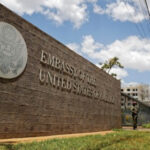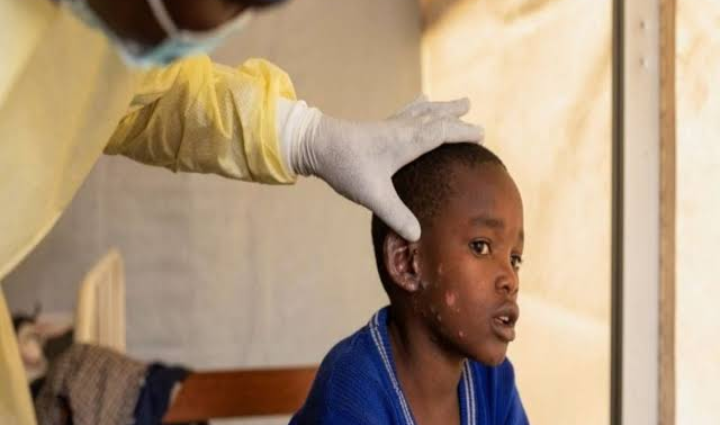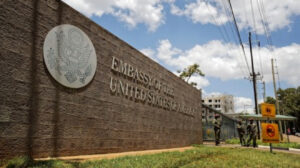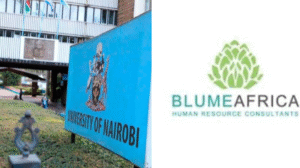Concerns have emerged regarding the safety of the MVA-BN Mpox vaccine, recently approved by the World Health Organization (WHO) for use in combating the mpox virus.
While the vaccine has been prequalified by WHO, a critical tool in the global fight against mpox, experts are worried about the possibility of contamination.
One significant fear is that the vaccine could inadvertently be mixed with the Covid-19 vaccine, potentially leading to adverse health effects, particularly in countries with limited technological infrastructure to monitor vaccine safety.
Manufactured by Bavarian Nordic, the MVA-BN vaccine has shown promise in protecting high-risk populations from mpox.
The vaccine is administered as a two-dose regimen for individuals over 18 years old, with a four-week interval between doses.
However, concerns have been raised about the complexity of logistics involved in vaccine production and distribution.
Experts warn that due to the rapid pace at which vaccines have been developed and distributed over the last few years, there may not be sufficient safeguards in place to prevent the cross-contamination of vaccines, particularly in low-resource settings like Kenya.
Reports have highlighted the potential risks of contamination during production and transportation, especially when dealing with large volumes of vaccines in a short time frame.
This is a particular concern for countries in Africa, where the technology to effectively monitor vaccine safety may be lacking.
In Kenya, for example, experts fear that the absence of comprehensive safety monitoring systems could delay the detection of any contamination or adverse reactions to the MVA-BN vaccine.
The gap in safety technology in many African nations raises alarms, as it could make it difficult to quickly identify and respond to issues that might arise after the vaccines are administered.
The global response to the Covid-19 pandemic exposed several shortcomings in vaccine safety monitoring, with delays in identifying issues leading to complications.
International organizations such as the WHO and Gavi have been instrumental in ensuring that vaccines, including the MVA-BN, reach countries in need.
However, they have also emphasized the importance of robust safety monitoring systems to prevent the problems seen during the Covid-19 rollout.
Experts argue that without the necessary infrastructure to detect and respond to safety concerns in real time, vulnerable populations in countries like Kenya could be at risk.
Experts also point out that delays in vaccine distribution, combined with limited monitoring technology, could hinder the identification of potential safety issues.
This situation could leave the public exposed to unforeseen risks, potentially undermining the effectiveness of the vaccination efforts against mpox.
As a result, the need for stronger safety monitoring systems and better technological capacity to track vaccine safety becomes urgent, particularly as the Mpox outbreak continues to spread.
With the Mpox virus posing serious public health challenges, it is essential that countries like Kenya not only have access to vaccines but also the infrastructure needed to ensure their safety.
While global organizations like the WHO have been proactive in facilitating vaccine availability, addressing the concerns regarding vaccine contamination and improving technological capacity for safety monitoring is crucial to protecting public health.
These concerns poses the need for increased vigilance, transparency, and investment in safety infrastructure to prevent the missteps seen during the Covid-19 vaccine rollout.





















Add Comment